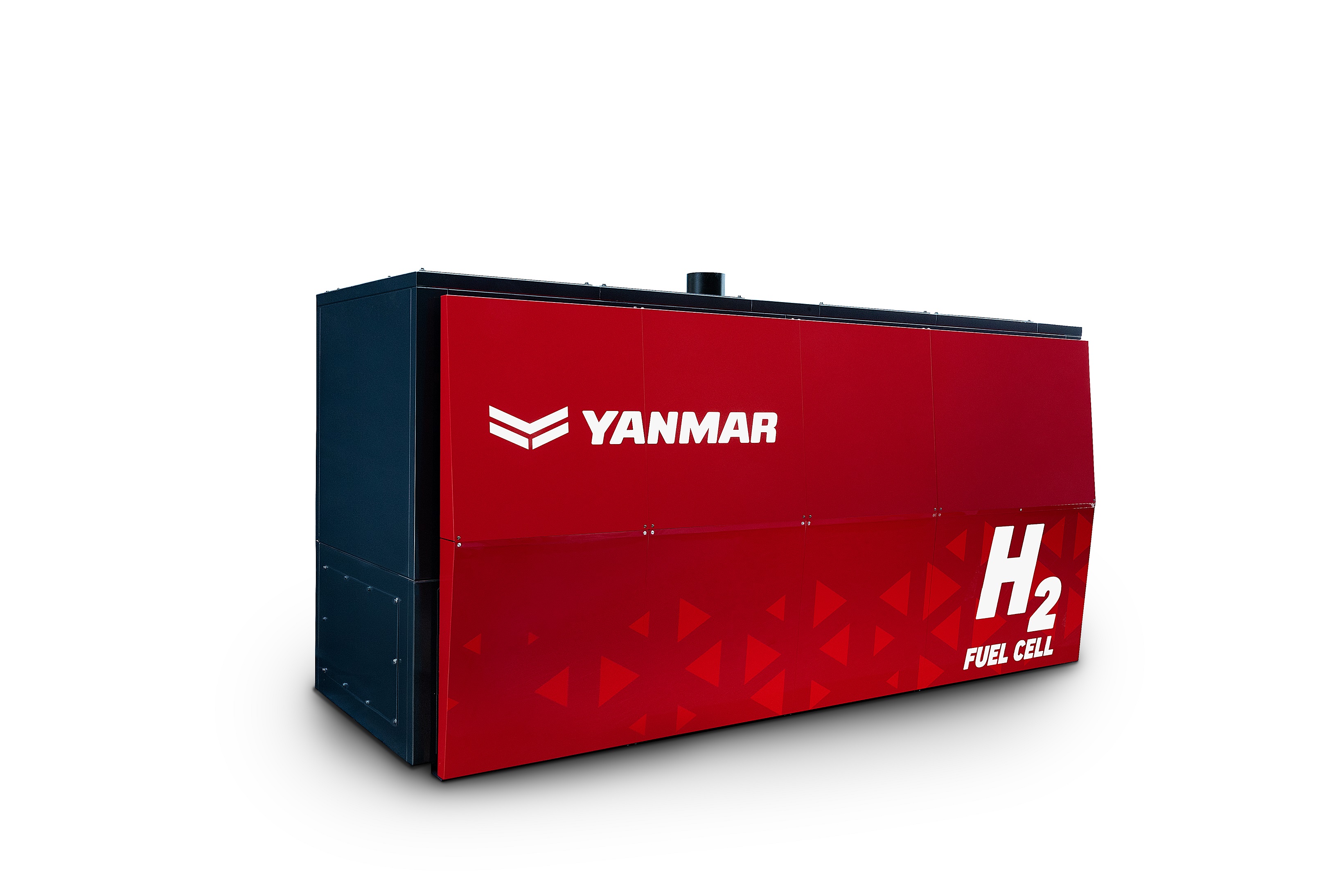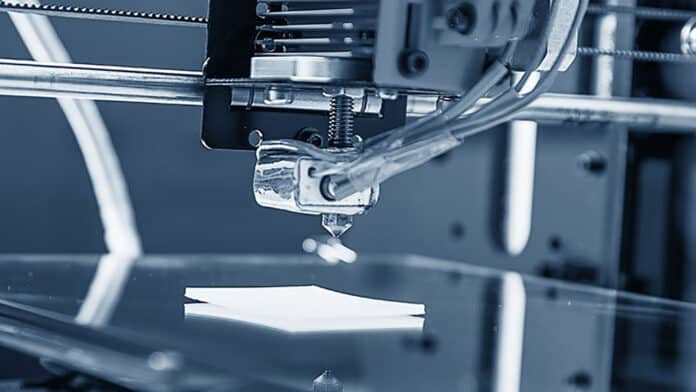It costs about $25,000 per kilogram (2.2 pounds) to put any object into orbit around the Earth. Due to these high costs of space shuttle flights and repeated launch delays, scientists have long explored alternative ways of getting satellites into space.
One of those ways might just be the ultimate elevator: a space elevator. Press a button and up to space you go. If this wildest dream comes true, the cost of putting a pound of payload into space could drop from thousands of dollars to just a few dollars.
Seem like science fiction? Not anymore!
While most space elevator concepts call for an anchor point on Earth. Scientists have now proposed a second idea, known as a partial space elevator with both of its ends hanging in space. According to a report in a new Acta Astronautica study, this might significantly cut the costs of space travel to high orbit.
A partial space elevator would be less than half as long and wouldn’t need to be anchored to Earth. Hanging in geosynchronous orbit, the base of these elevators would sit as low as 99 miles (160 kilometers) to 1,243 miles (2,000 kilometers) above Earth’s surface.
Space planes could easily reach to the base of the elevator in orbit on a regular basis for a relatively low cost, delivering cargo and passengers. From the floating base, a tether (strong, ribbon-like cable) would take you to geosynchronous orbit at a height of 26,200 miles (42,164 kilometers) above Earth.






